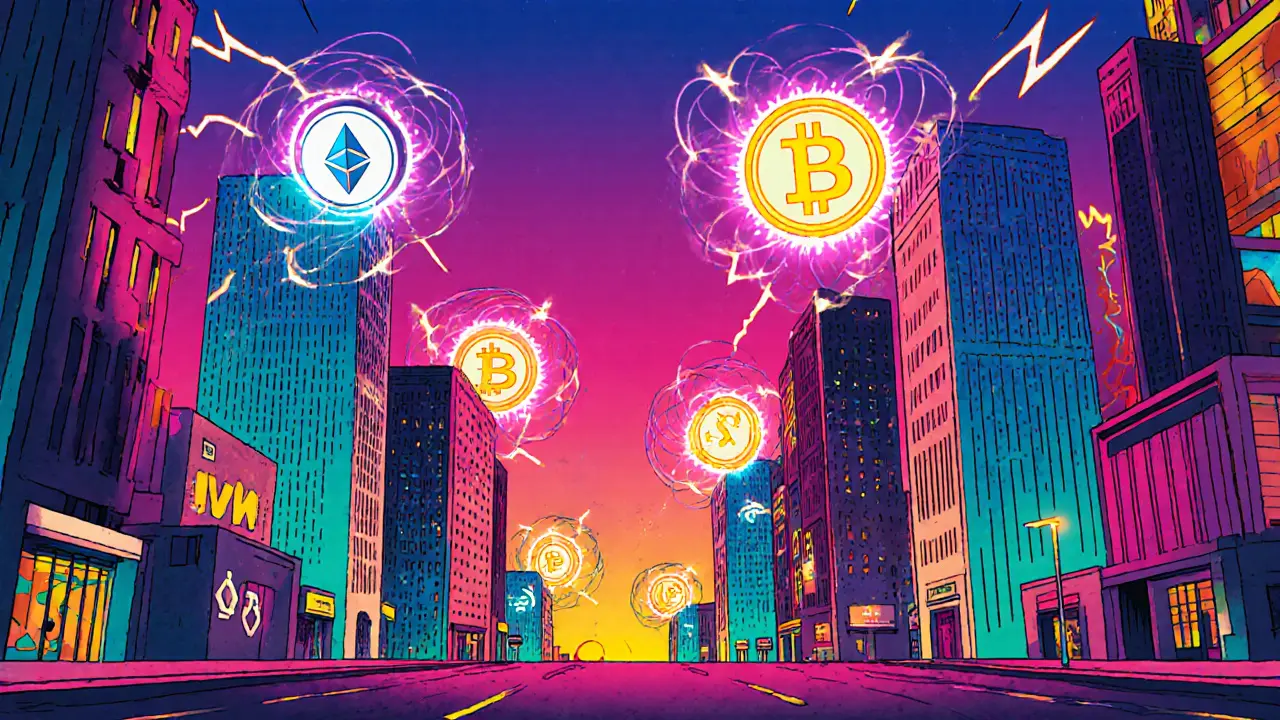Smart Contract Gas – Everything You Need to Know
When working with smart contract gas, the unit of computational work that users pay for when executing code on a blockchain. Also known as gas, it determines how much you pay to run transactions or deploy contracts. Understanding gas lets you control costs, avoid failed transactions, and plan better for DeFi moves.
Gas fees are a direct result of network demand. The more users trying to squeeze transactions into a block, the higher the gas fee price climbs. This relationship creates a simple but powerful triple: smart contract gas ↦ gas fee ↦ network congestion. On a busy day, a simple token swap can cost several dollars, while the same swap at off‑peak times might be a fraction of that. The key is to watch the market and act when the price drops.
One of the most reliable ways to spot low‑price windows is by using a gas price oracle. Oracles pull real‑time data from multiple nodes and give you an average gas price in gwei. Tools such as GasNow, Etherscan’s Gas Tracker, or built‑in wallet features let you set alerts for specific thresholds. The oracle feeds the second triple: gas price oracle → provides → optimal gas price. Pair that with a timing strategy—like submitting transactions right after a major market close or during weekend lull—and you can shave off up to 70% of the cost.
While timing helps, the biggest long‑term hack is to move work off the main chain. Layer 2 scaling solutions such as Optimism, Arbitrum, or zk‑Rollups batch many transactions together and settle them in a single on‑chain proof. This creates the third triple: Layer 2 scaling ↦ reduces ↦ smart contract gas consumption. By sending your DeFi trades, NFT mints, or even token approvals to a Layer 2, you pay only a tiny fraction of the main‑net fee. Most wallets now let you switch networks with one click, making the migration almost seamless.
Of course, the base layer still matters. Most of the posts on this page reference Ethereum, the primary network where gas concepts originated. Ethereum’s upcoming upgrades—like the Shanghai and future scaling phases—promise to lower the average gas cost by improving block efficiency and introducing more rollup-friendly features. Knowing which upgrade is live helps you decide whether to stay on‑chain or jump to a rollup.
Putting it all together, you have three levers to control costs: watch gas price oracles for timing, use Layer 2 scaling to cut the base fee, and stay updated on Ethereum upgrades that reshape the fee landscape. Below you’ll find hands‑on guides, reviews of gas‑saving tools, and deep dives into how specific DeFi projects manage their gas consumption. Grab the tips that match your trading style and start paying less for every smart contract call.
How Platform Cryptocurrencies Power dApps
Explore how platform cryptocurrencies act as gas, security, and interoperability layers that let decentralized apps run without a central server, with real‑world examples and developer tips.
